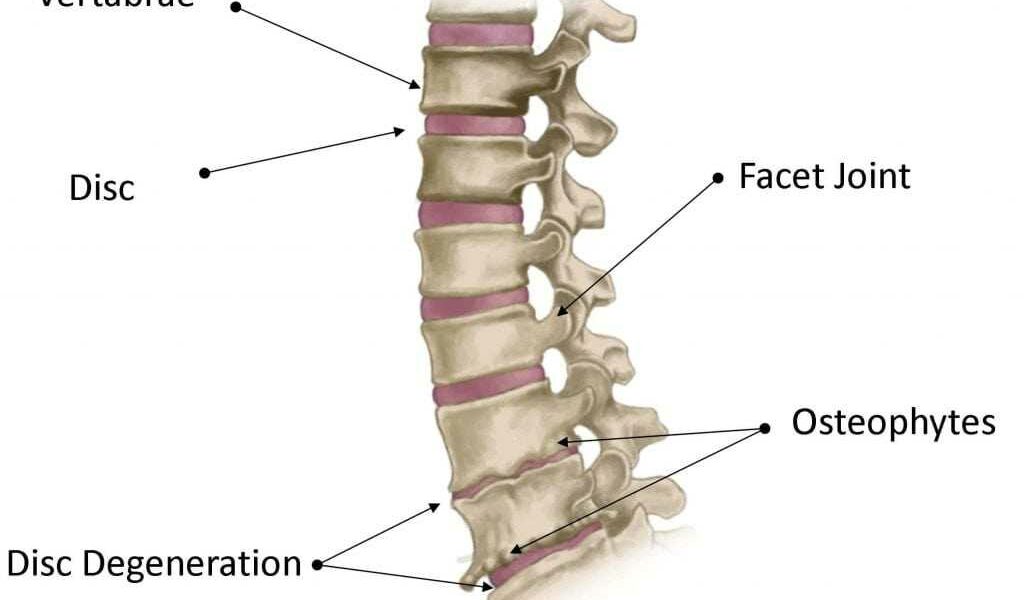By Sumaiya Farheen and Andrew Siyabalawatte, May 2024.
What is Lumbar Spondylosis?
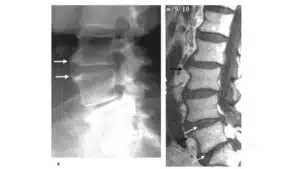
Lumbar Spondylosis is a condition characterized by the degeneration of the spine, particularly the vertebrae (bone) and the discs. Lumbar spondylosis is also referred to as degenerative disc disease or osteoarthritis of the spine.
While many individuals may not experience any symptoms, common indicators include reduced mobility, lower back stiffness and back pain. In severe cases, lumbar spondylosis can lead to stress fractures which can weaken the facet joints (these joints guide and limit movement in each vertebra), to the point where it is unable to maintain its proper position, leading to a condition called spondylolisthesis.
Is Spondylosis Lumbar Serious?
The facet joints need to glide smoothly together. Articular cartilage, which is cartilage that lines the facet joints, allow smooth gliding and helps prevent painful and damaging bone-on-bone contact. In spondylosis, this articular cartilage is broken down.
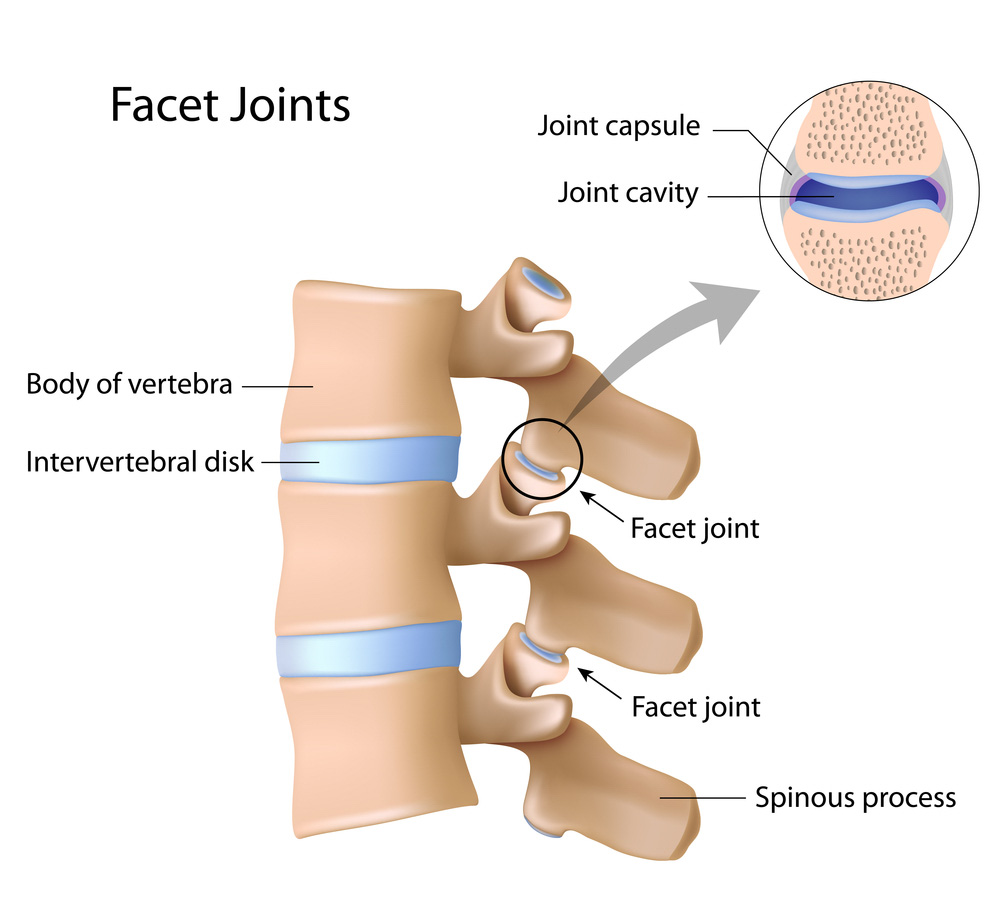
Lumbar spondylosis can affect our ability to carry out daily activities, including work and hobbies. This can affect our general well-being and mental health. Though, it is not usually serious, and can be treated with physical therapy.
An Xray Can Diagnose Lumbar Spondylosis
X-ray is a reliable way of detecting degeneration in the spine. As shown in the image below, the higher contrast seen towards the back of the spine, indicates increased calcium surrounding the bone as a means to heal the affected area. The side views are particular useful to determine changes to the vertebrae, discs and facet joints.
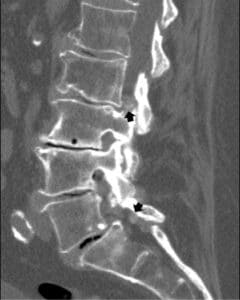
What Is The Treatment For Lumbar Spondylosis?
Massage and spine manipulation can drastically improve the mobility and stiffness those with lumbar spondylosis may experience. The improved back range of motion post treatment can even be enough to alleviate back pain.
Massage helps to relax the muscles surrounding the degeneration in the spine, and spine manipulation will improve the movement of the joints in the back. This could significantly improve the way you move and feel throughout the day
Exercise therapy is one of most effective ways to alleviate symptoms associated with chronic spine pain. Spine traction is one of the effective exercises we prescribe to our clients along the way to help treat back pain.
Stretch The Spine
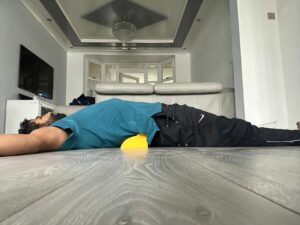
Spine traction stretches the muscles and bones in the back to combat the effects of gravity, one of the main predispositions to lumbar spondylosis.
To further understand our treatments, consider taking advantage of unique TWO-STEP SPINE ASSESSMENT. This is a thorough assessment and treatment pathway catered to you and your spine and health. If you have any questions beforehand, please feel free to get in touch with our team.

